Birth Breath
OK we’ve all watched a movie where the person is about to give birth and the nurse screams “big breath in and count to ten!” and the birthing person is purple in the face, scrunched up, and exhausted. I personally never knew any other way existed! It makes sense right? You have to get a huge thing out of a very small space.
Where did that technique come from?
The hospital birth world is a business – and oftentimes the [unintentional] outcome is speed. Keep it movin. Next! Now, don’t misunderstand - there are circumstances where it is important and necessary to get baby out as fast as possible.
Where the communication in ‘pushing’ morphed, is the thinking that skeletal muscle is what pushes the baby out. Smooth uterine muscle is solely responsible (via uterine contractions) for moving the baby down and through the birth canal.
You may be asking, “Well Christine, what exactly are we squeezing when we push?! And why would I want to do that?!” Beautiful question, pelvic friend. The breath hold/valsalva push tends to activate the abdominals, pelvic muscles and hips. It creates pressure in the abdominal cavity, which creates the force for a strong push. This style of pushing is effective when epidural anesthesia is used. The anesthetic ‘blocks’ the fetal ejection reflex, so there is no reflexive urge to push.
As a pelvic floor physical therapist, I hold your pelvic floor integrity near and dear to my heart! If you use those muscles to push a baby out, they will have WORKED. An alternative option to purple pushing, is instead of contracting the pelvic floor to facilitate birth, relax it. Let those muscles lengthen and get out of the way. Give the uterine contractions room to move baby down.
“How Christine, how?!” Another beautiful question. This is where pelvic floor physical therapy can be beneficial. We teach you to get the whole range of motion in these muscles. The more you practice, the more automatic it will come to you in birth.
Nerd alert - anatomically, the glottis (voicebox) and the pelvic floor are quite similar and work in tandem. When the glottis opens, the pelvic floor does the same. In birth, we like to encourage noise: hmm, ahh, haa, grr, moans, audible breath .. anything with an open mouth will encourage pelvic floor relaxation. Now, this type of breathing for the pushing phase is much slower. It is a controlled descent, which can reduce tearing and muscle injury and pain. Spoiler! This is the technique to use when you poop.
It’s good to practice both methods, and have awareness and control in your body. I want you to be able to breathe how you want to during birth. Cheers to a happy pelvic floor!
